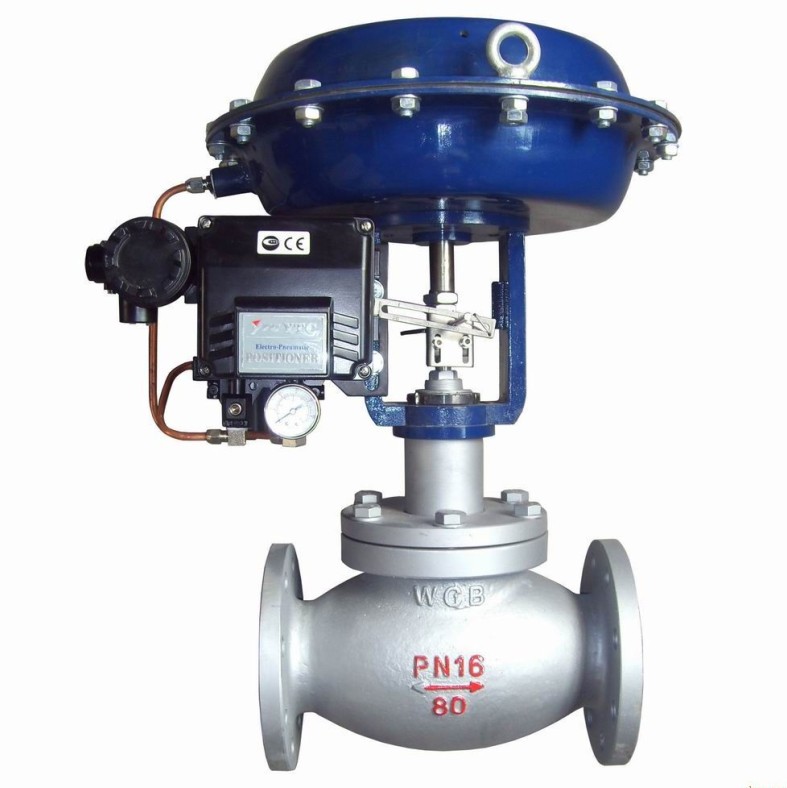 * How the various instruments measure temperature, pressure, flowrate, level and position, pH, weight and density
* How the various instruments measure temperature, pressure, flowrate, level and position, pH, weight and density
* What causes errors in instruments, plus how to minimize and troubleshoot them
* What the differences are between open and closed loop controls, feedback and feed forward controls, PLC, DCS and stand-alone controllers
* How analog signals are produced, processed, and protected from noise
* What Proportional, PI, and PID control strategies
* How to calibrate transmitters and tune controllers
Table of Contents
ToggleCOURSE CONTENT
1. Basic Concepts
* Purposes for Control Systems
* Terminology
* Signal types
* Shielding and Grounding
* Signal Conversion
* Final Control Elements
2. Piping and Instrument Diagrams (P&IDs)
3. Control Technologies
4. Basic Electrical and Math Concepts
5. Pressure Instrumentation and Measurements
6. Temperature Instrumentation and Measurements
7. Flow Instrumentation and Measurements
8. Level Instrumentation and Measurements
9. Density, Specific Gravity and Analysis
10. Manipulating The Process
11. Troubleshooting
12. Controllers
13. Control Systems
PARTICIPANT
Control and Instrumentation staff, SCADA and Telemetry Systems staff, Process Control, Electrical and Instrumentation Installations staff, Consulting and Design staff, Process Development staff, Control Systems staff, Maintenance Supervisors, Project Management staff
METHOD
Presentation
Discussion
Case Study
Evaluation
Instructor by : Tugino





